 Facebook
Facebook
 X
X
 Instagram
Instagram
 TikTok
TikTok
 Youtube
Youtube
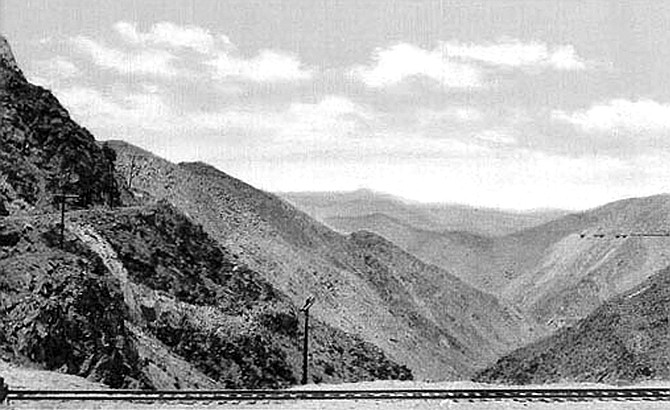
Ritz calls the Chinese the railroad’s “unsung heroes,” but new evidence suggests that labor problems were perhaps the major reason why the railroad took so long to be built. The route of the San Diego & Arizona dipped down into Mexico before reentering California on its way east. The inhospitable terrain had dictated it. But during the period when those tracks were being laid, lawlessness prevailed: the Mexican Revolution was taking place.
By Jeanne Schinto, April 24, 2003 | Read full article
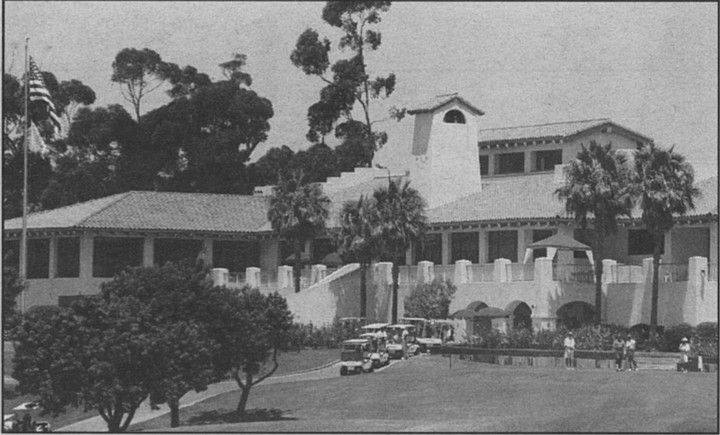
On October 21, 1960, President Eisenhower came to call. His helicopter landed in the ninth fairway, and “Ike” descended, saluted, then strode toward the 2500 cheering fans who filled the tenth fairway. He joined 19 others at luncheon tables set up on the tenth tee. He was served a birthday cake. When waiter Nacho Romero hurried toward the president brandishing a large, sharp knife with which to cut it, Secret Service agents leaped into action.
By Ken Kuhlken, Oct. 1, 1998 | Read full article
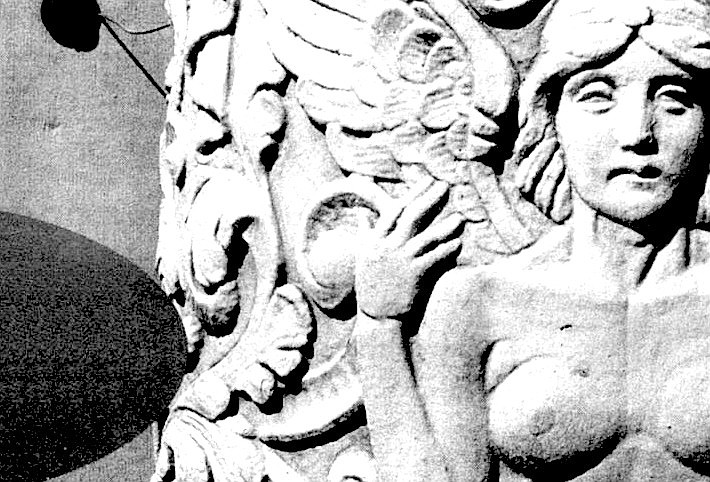
“All they needed to do was paint the small hotels, instead they’re tearing them apart and doing them over. They’re taking clean little motel designs, pretty good pieces of architecture from the ’50s or ’60s, and they’re stuccoing these little concrete block motels and putting Spanish corbels on them. Is that what it means to revise and enrich? You’ve got this beautiful texture in California of all these beautiful styles. You don’t bury that past.”
By Dirk Sutro, June 24, 1993 | Read full article
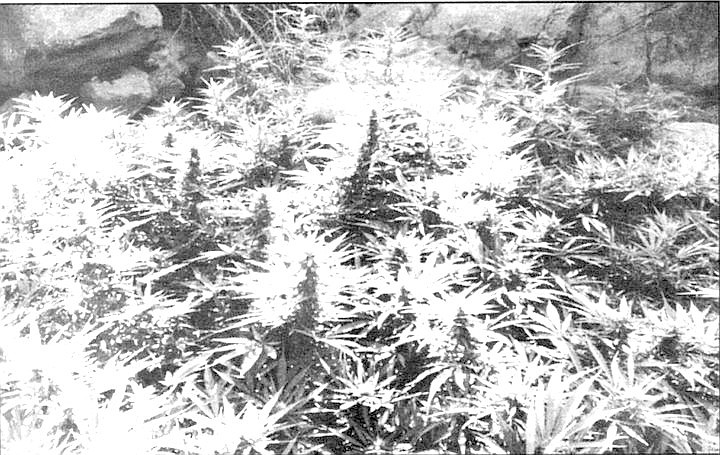
There are some guys still out there. Two years ago, LaNier arrested two men on pot-growing charges. LaNier confiscated 293 plants from the men off Boulder Creek Road on the west side of Cuyamaca Mountain in East County. One of the men, who had a prior conviction, is “still in jail,” according to LaNier. But the other never showed up after he made bail. “They let him out because of his family obligations, and he disappeared,”
By Jamie Reno, April 28, 1994 | Read full article
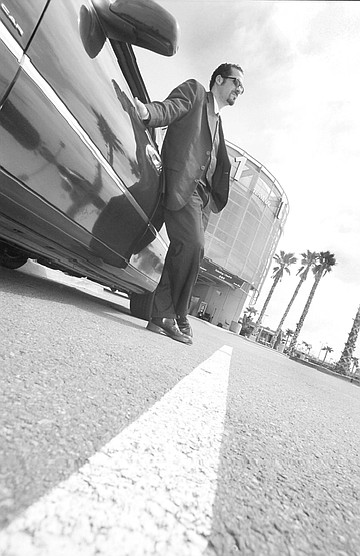
Some see the cards as unnecessary perks that aren't available to the average citizen. "One gets the sense," says local government watchdog Richard Rider, "that both our elected officials and their appointees consider themselves as a sort of aristocracy that shouldn't be troubled with the things the rest of us have to deal with. It's a perfect example of the two-tiered system. It's them, and then there are the little people who have to pay for airport parking."
By Ernie Grimm, May 13, 1999 | Read full article

As a "matter of confidentiality," the board will not release test-positive trainers' names, though if information is obtained from other sources, they will confirm it. Harvey Furgatch, a former boardmember, thinks the board doesn't release all the test information. In the early '90s he unsuccessfully sued the board to release all information relating to positive tests. When he was on the board in the '70s, he failed to convince the board to ban all medications. "
By Bob Owens, Aug. 24, 2000 | Read full article

The Board of Supervisors ordered the removal of the county records from Old Town to New San Diego. They had not reckoned with the wrath of the Old Towners.… Judge Morrison, of the District Court, ruled that the clerk should make all writs issued from his court returnable in Old Town. Then, Judge Bush followed suit for his County Court, directing the sheriff to use force if necessary to prevent the removal of the records.
By Barbara Palmer, Oct. 26, 2000 | Read full article
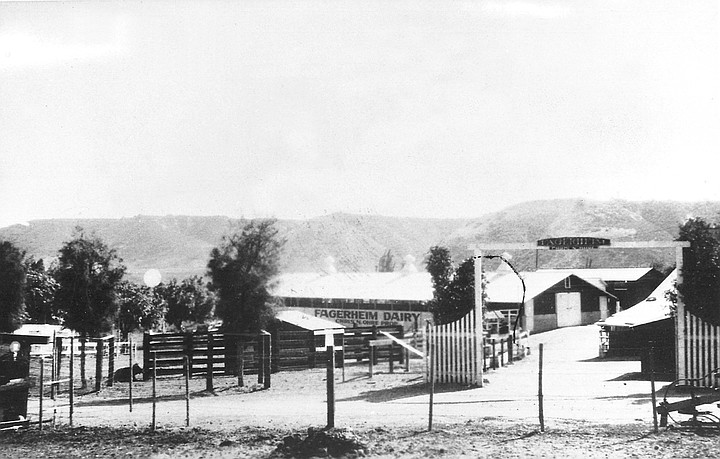
“‘I was born in that house,’ said Ferrari, now 62. ‘I couldn’t stand to see it bulldozed, so I had some fellows come in and take it down.’ And most of all, he has his big white house he still owns on Camino del Rio South. Standing in his garden, he can turn his back on the 8 and 805 freeways and their blur of traffic and look up at untouched hills.”
By Barbara Palmer, July 25, 2002 | Read full article
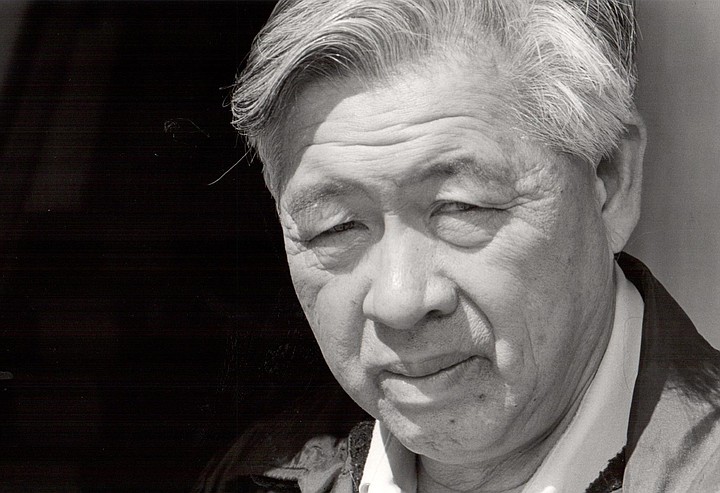
It’s not so easy to find people who remember, or will talk about, the opium dens or “ash places,” as the Chinese call them. They were private, not places everyone could go. Those who did would lie down on straw mattresses, pick up the long opium pipes, dip the needles into the yellowish-brown drug and slowly burn it to dried ash, and escape into a dream. Into the 1930s, and perhaps later, there were still Chinese who smoked opium in San Diego.
By Amy Chu, April 8, 1982 | Read full article


Ritz calls the Chinese the railroad’s “unsung heroes,” but new evidence suggests that labor problems were perhaps the major reason why the railroad took so long to be built. The route of the San Diego & Arizona dipped down into Mexico before reentering California on its way east. The inhospitable terrain had dictated it. But during the period when those tracks were being laid, lawlessness prevailed: the Mexican Revolution was taking place.
By Jeanne Schinto, April 24, 2003 | Read full article

On October 21, 1960, President Eisenhower came to call. His helicopter landed in the ninth fairway, and “Ike” descended, saluted, then strode toward the 2500 cheering fans who filled the tenth fairway. He joined 19 others at luncheon tables set up on the tenth tee. He was served a birthday cake. When waiter Nacho Romero hurried toward the president brandishing a large, sharp knife with which to cut it, Secret Service agents leaped into action.
By Ken Kuhlken, Oct. 1, 1998 | Read full article

“All they needed to do was paint the small hotels, instead they’re tearing them apart and doing them over. They’re taking clean little motel designs, pretty good pieces of architecture from the ’50s or ’60s, and they’re stuccoing these little concrete block motels and putting Spanish corbels on them. Is that what it means to revise and enrich? You’ve got this beautiful texture in California of all these beautiful styles. You don’t bury that past.”
By Dirk Sutro, June 24, 1993 | Read full article

There are some guys still out there. Two years ago, LaNier arrested two men on pot-growing charges. LaNier confiscated 293 plants from the men off Boulder Creek Road on the west side of Cuyamaca Mountain in East County. One of the men, who had a prior conviction, is “still in jail,” according to LaNier. But the other never showed up after he made bail. “They let him out because of his family obligations, and he disappeared,”
By Jamie Reno, April 28, 1994 | Read full article

Some see the cards as unnecessary perks that aren't available to the average citizen. "One gets the sense," says local government watchdog Richard Rider, "that both our elected officials and their appointees consider themselves as a sort of aristocracy that shouldn't be troubled with the things the rest of us have to deal with. It's a perfect example of the two-tiered system. It's them, and then there are the little people who have to pay for airport parking."
By Ernie Grimm, May 13, 1999 | Read full article

As a "matter of confidentiality," the board will not release test-positive trainers' names, though if information is obtained from other sources, they will confirm it. Harvey Furgatch, a former boardmember, thinks the board doesn't release all the test information. In the early '90s he unsuccessfully sued the board to release all information relating to positive tests. When he was on the board in the '70s, he failed to convince the board to ban all medications. "
By Bob Owens, Aug. 24, 2000 | Read full article

The Board of Supervisors ordered the removal of the county records from Old Town to New San Diego. They had not reckoned with the wrath of the Old Towners.… Judge Morrison, of the District Court, ruled that the clerk should make all writs issued from his court returnable in Old Town. Then, Judge Bush followed suit for his County Court, directing the sheriff to use force if necessary to prevent the removal of the records.
By Barbara Palmer, Oct. 26, 2000 | Read full article

“‘I was born in that house,’ said Ferrari, now 62. ‘I couldn’t stand to see it bulldozed, so I had some fellows come in and take it down.’ And most of all, he has his big white house he still owns on Camino del Rio South. Standing in his garden, he can turn his back on the 8 and 805 freeways and their blur of traffic and look up at untouched hills.”
By Barbara Palmer, July 25, 2002 | Read full article

It’s not so easy to find people who remember, or will talk about, the opium dens or “ash places,” as the Chinese call them. They were private, not places everyone could go. Those who did would lie down on straw mattresses, pick up the long opium pipes, dip the needles into the yellowish-brown drug and slowly burn it to dried ash, and escape into a dream. Into the 1930s, and perhaps later, there were still Chinese who smoked opium in San Diego.
By Amy Chu, April 8, 1982 | Read full article
Comments